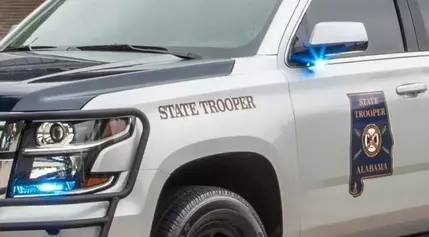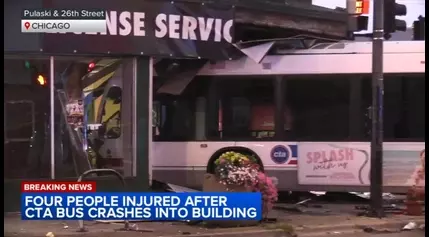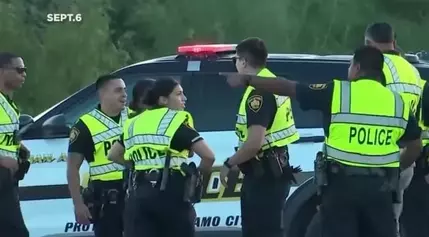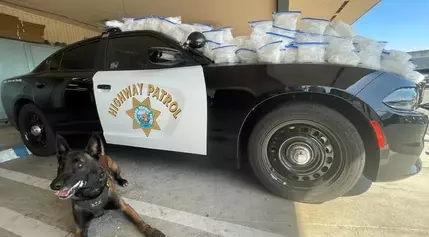News

A harrowing incident unfolded on Interstate 86 near Big Flats, where a deputy was injured while managing traffic during an unrelated accident investigation. The event highlights the dangers faced by law enforcement officers as they ensure public safety on busy highways.
Stay Safe on Highways: Law Enforcement Risks Everything to Protect You
Roadside Peril: The Incident Unfolds
The evening of the incident was anything but ordinary for the Chemung County Sheriff's Office. Around 7:30 P.M., in the eastbound lane of Interstate 86, near the county line, a deputy was conducting a routine task—redirecting traffic to prevent congestion and potential hazards. This seemingly mundane duty turned perilous when a tractor-trailer veered off course, striking the patrol vehicle. The impact sent the car careening off the highway shoulder, leaving the deputy with injuries that underscore the risks inherent in their daily responsibilities.Highway safety remains a critical concern for both motorists and law enforcement. Deputies often find themselves in precarious situations while assisting stranded vehicles or investigating accidents. These moments demand split-second decisions and unwavering focus. Yet, despite their training and experience, unforeseen circumstances can lead to tragic outcomes. The deputy's actions were aimed at ensuring smoother traffic flow, but the incident serves as a stark reminder of the unpredictable nature of highway incidents.The Aftermath: Community Response and Safety Initiatives
In the wake of this alarming event, the community has rallied around the injured deputy, offering support and solidarity. Local authorities have emphasized the importance of driver awareness, particularly in areas where law enforcement is actively managing traffic. Public safety campaigns have gained momentum, urging drivers to exercise caution and adhere to guidelines when encountering emergency personnel on the road.Moreover, discussions about enhancing safety protocols for deputies have intensified. Experts suggest implementing advanced technologies and improved communication systems to mitigate risks. For instance, automated warning systems could alert approaching vehicles of ongoing investigations, giving drivers ample time to react. Additionally, specialized training programs focused on high-risk scenarios could better prepare officers for unexpected challenges, thereby reducing the likelihood of such incidents.Lessons Learned: Advocating for Safer Roads
This incident has sparked broader conversations about highway safety and the role of law enforcement in maintaining it. Advocates argue for increased funding to improve infrastructure and technology that can safeguard both officers and civilians. Policy makers are now considering legislative measures to address these concerns, recognizing the urgent need for comprehensive solutions.Public awareness plays a crucial role in fostering safer roads. Drivers must be reminded of the Move Over Law, which requires them to change lanes or slow down when passing emergency vehicles. Education campaigns, supported by compelling statistics and real-life stories, can drive home the importance of compliance. Studies show that adherence to such laws significantly reduces the risk of accidents involving emergency personnel, underscoring the need for sustained efforts in this area.Reflecting on Heroism and Sacrifice
The bravery displayed by the deputy during this incident exemplifies the dedication of law enforcement officers nationwide. Despite facing imminent danger, they prioritize public safety over personal well-being. Their commitment deserves recognition and respect from all members of society. As communities come together to honor these unsung heroes, it becomes evident that collective action is essential in creating a safer environment for everyone.In conclusion, this tragic event serves as a poignant reminder of the sacrifices made by those who protect us. It calls for renewed efforts to enhance highway safety through innovative solutions, policy reforms, and heightened public awareness. Together, we can make our roads safer for all.




















